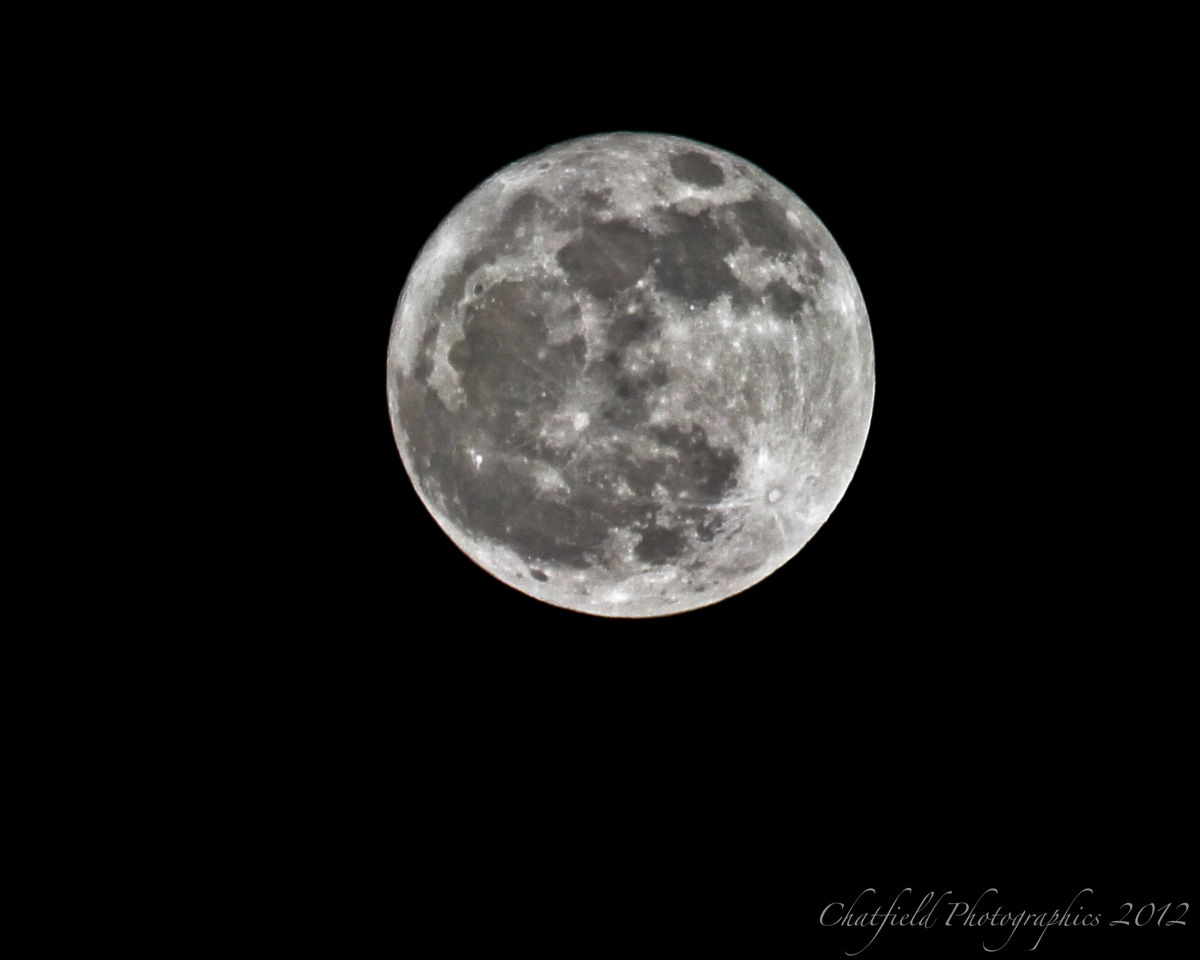Full Moon, Saturn and Star Doing a Stately Dance for Skywatchers

Thanks to an unusually close full moon this month, there will be a rapidly changing lineup of the moon, a bright star and a bright planet tonight and tomorrow night (April 6 and 7).
The moon will be shining brilliantly, of course, and will seem to almost overwhelm one of the brightest stars in the sky, the bluish Spica in the constellation Virgo. Spica will be situated below and to the left of the moon as they rise above the east-southeast horizon around 8:30 p.m. local daylight time. And situated off to the left of Spica will be a starlike object twice as bright as it, shining sedately with a yellow-white hue. This object, however, is not a star but the ringed planet Saturn.
During the course of the night, it will be interesting to watch how quickly the moon appears to change its position relative to Spica and Saturn. Normally the moon appears to shift its position by roughly its own apparent diameter per hour against the background of stars. But on these nights the moon will appear to move a little quicker because it will be near its closest approach to our planet, the point in its orbit called perigee. And the closer the moon is to Earth, the faster it moves in its orbit.
The moon will arrive at its perigee point tomorrow at 17:00 UT (1 p.m. EDT), but it will be very nearly as close tonight and tomorrow morning. The moon will be roughly 222,900 miles (359,000 km) from Earth, and its movement will be very noticeable during the course of the night due to its proximity to Saturn and Spica. [Photos: The Rings and Moons of Saturn]
So during the night, skywatchers can watch as the moon slowly creeps past them. At one point, depending on exactly where observers are, the trio will seem to form a straight line. From New York, that moment comes at 10:45 p.m. EDT; from Los Angeles, it will be at 7:55 p.m. PDT.
It won’t last very long, though, because by 2:30 a.m. tomorrow (April 7), the moon will appear directly below Spica, with Saturn shining above and to Spica’s left. And three hours later, as the dawn twilight is brightening the eastern sky, the moon-Spica-Saturn trio will now resemble a triangle, sinking low in the southwest.
Saturn will be at opposition to the sun on April 15, at a distance of 810 million miles (1.3 billion km) from Earth. It will then take 73 minutes for sunlight reflected from Saturn to reach our planet. Viewing through a telescope magnifying at least 30-power will reveal the famous ring system, tipped about 13.7 degrees from edgewise with the north face in view.
Breaking space news, the latest updates on rocket launches, skywatching events and more!
Tonight (April 6), when Saturn sits near Spica and the moon, observers have a prime opportunity to make a positive identification of the ringed world.
And those who live near an ocean shoreline should keep this in mind: The tidal range will be more extreme than usual this weekend and into the start of next week. Thanks to the timing of the full moon, which nearly coincides with perigee, low tides will be lower than normal and high tides will be higher than normal.
Editor's note: If you have an amazing skywatching photo you'd like to share for a possible story or image gallery, please contact managing editor Tariq Malik at tmalik@space.com.
Joe Rao serves as an instructor and guest lecturer at New York's Hayden Planetarium. He writes about astronomy for the New York Times and other publications and he is an on-camera meteorologist for News 12 Westchester, New York.
Join our Space Forums to keep talking space on the latest missions, night sky and more! And if you have a news tip, correction or comment, let us know at: community@space.com.

Joe Rao is Space.com's skywatching columnist, as well as a veteran meteorologist and eclipse chaser who also serves as an instructor and guest lecturer at New York's Hayden Planetarium. He writes about astronomy for Natural History magazine, Sky & Telescope and other publications. Joe is an 8-time Emmy-nominated meteorologist who served the Putnam Valley region of New York for over 21 years. You can find him on Twitter and YouTube tracking lunar and solar eclipses, meteor showers and more. To find out Joe's latest project, visit him on Twitter.
